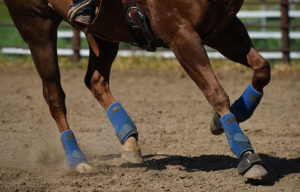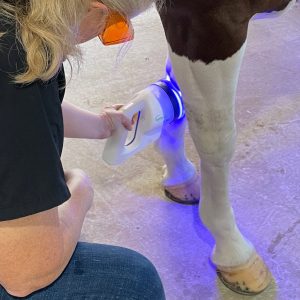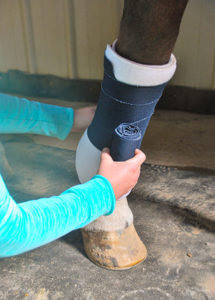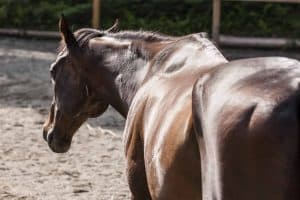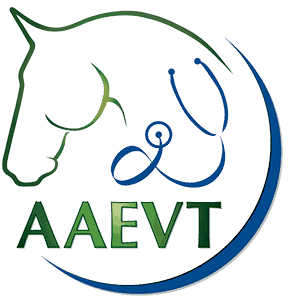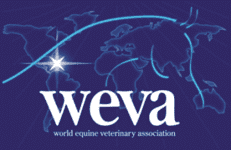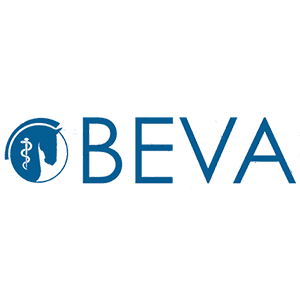Mare vs. Stallion Genes
- Topics: Article, Breeding and Reproduction, Breeding Basics, Genetics
Q: I hear people talking about how genetic lines all trace through the paternal side of the horse. What about the mares? What quality of foal would you get if you doubled on the maternal side, linebreeding (mating related individuals to concentrate on genetic material) on the mare’s side (providing she has the quality)? Is there a difference?
—Barb
A: The horse, like all other mammals, derives half of his genetic makeup from the sire and half from the dam. This is accomplished in the process of development of both sperm cells and ova (egg cells) by a reduction, by half, of the number of chromosomes in each. Thus, the normal number of chromosomes (64) is reduced to 32 in the sperm cell and 32 in the egg. The combination at fertilization becomes 64, which will occur in all the body’s cells.
There should be no bias, then, to either the sire or the dam from the scientific point of view. But human interpretation might be otherwise. Possibly the emphasis on stallions in pedigrees arises from the fact that there are far fewer stallions than mares in the breeding population of most breeds. And one stallion influences all the foals of the various mares to which he is bred. That makes it easier to discuss sire lines than dam lines. But in most breeds there is great respect for maternal lines, and the great individuals are often referred to by their female lineage. Genetic material can be concentrated by mating individuals that are related on both the sire’s side and the dam’s side
Create a free account with TheHorse.com to view this content.
TheHorse.com is home to thousands of free articles about horse health care. In order to access some of our exclusive free content, you must be signed into TheHorse.com.
Start your free account today!
Already have an account?
and continue reading.
Written by:
A.C. Asbury, DVM
Related Articles
Stay on top of the most recent Horse Health news with





